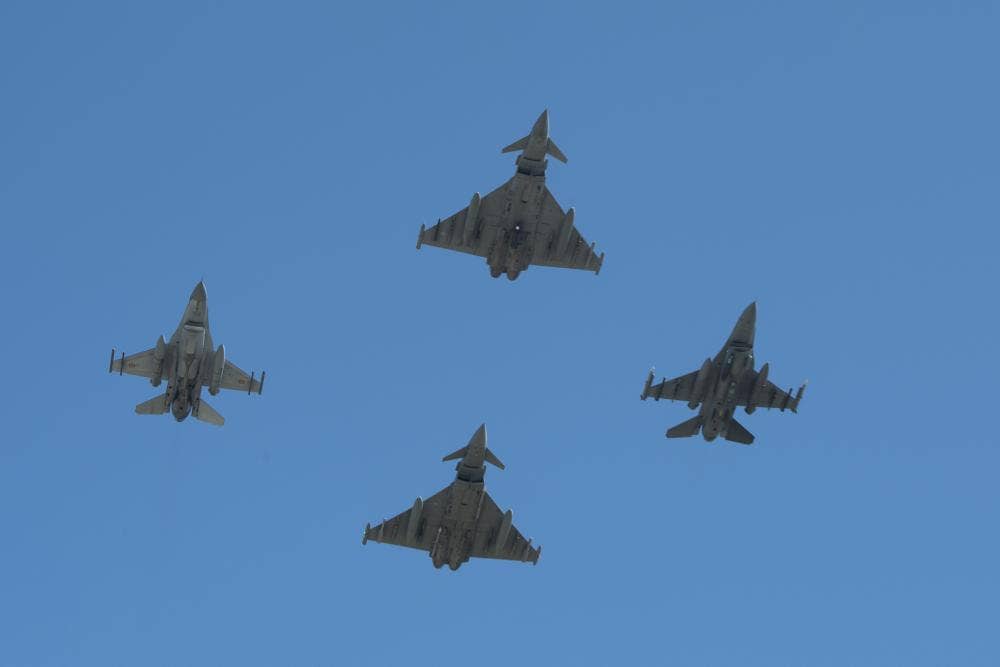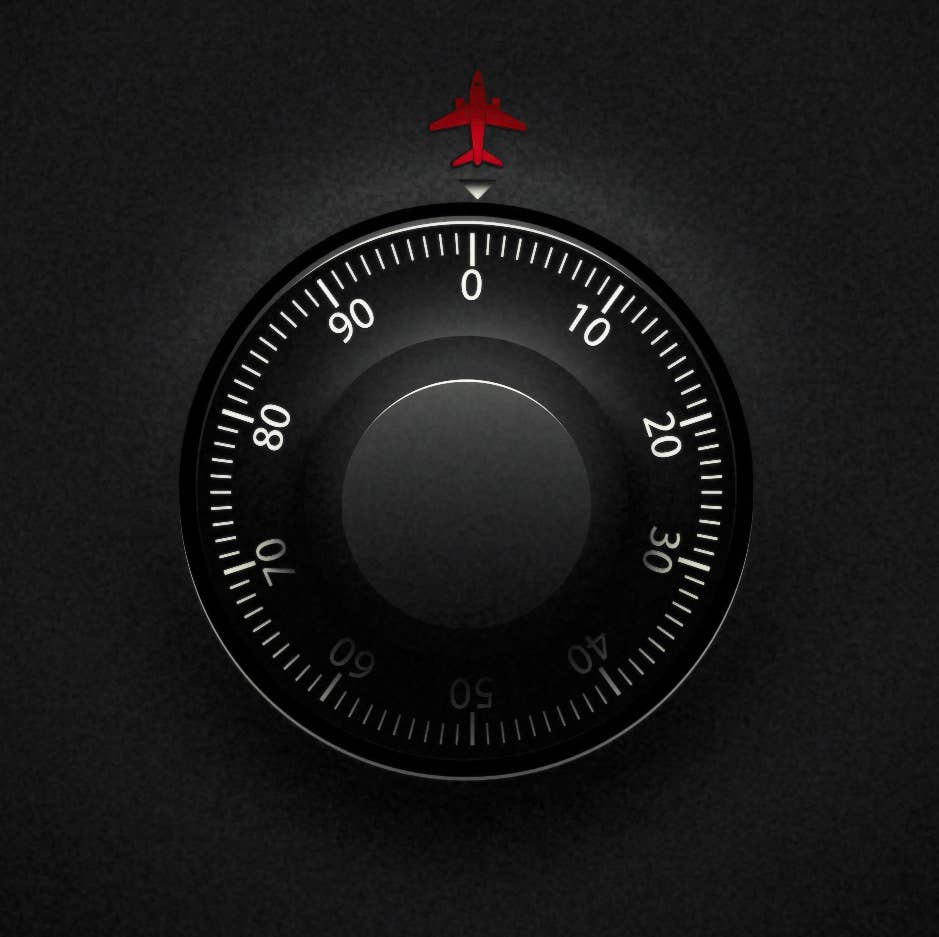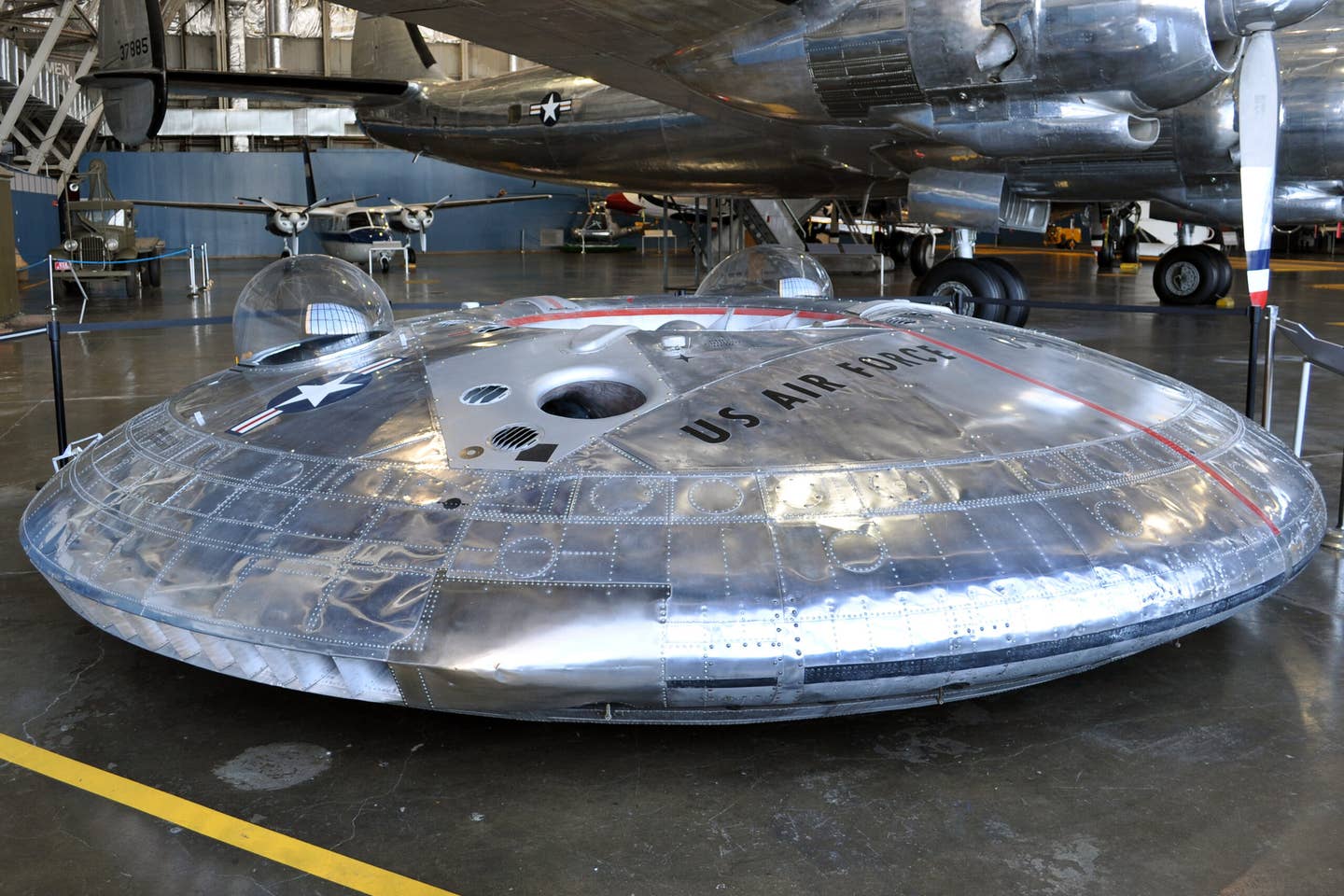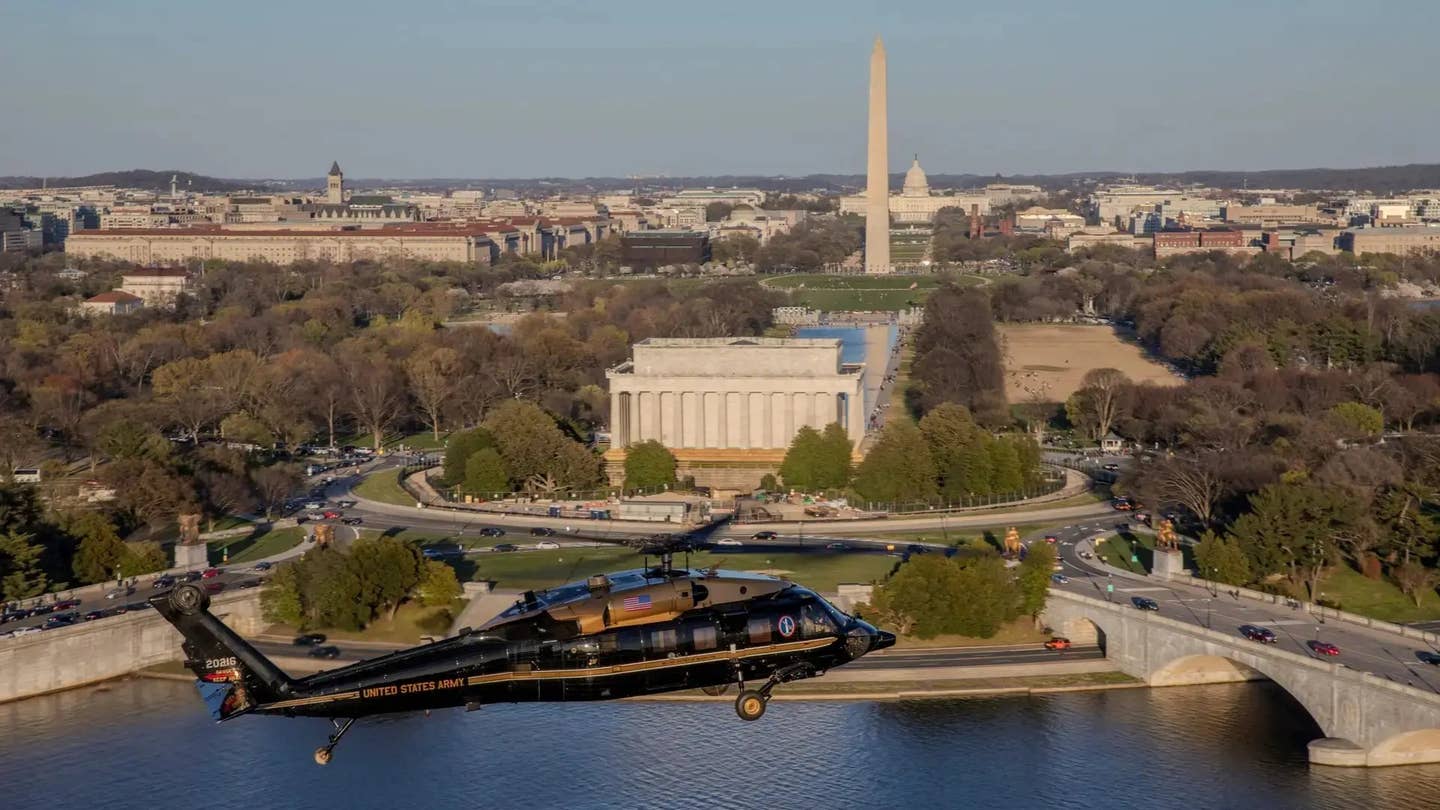NATO Fighters Scramble as Increase in Russian Aircraft Reported Around Black Sea
They’ve responded to an uptick near Allied territory, according to a new report.

A U.S. Air Force F-16 from the 480th Expeditionary Fighter Squadron flies in formation alongside a Romanian air force F-16 Fighting Falcon, an Italian Air Force Typhoon and a Royal Air Force Typhoon over the RAF NATO certification ceremony April 8, 2022, at Mihail Kogalniceanu (MK) Air Base, Romania. [Courtesy: U.S. Air Force]
NATO fighter jets based at a Romanian air base have intercepted Russian fighters nearing NATO territory at least four times in the span of 20 days, according to a report released Friday.
During the incidents, the Crimea-based Russian fighters flew along the Black Sea toward NATO territory before turning away, reported Air Force Magazine.
"We continue to apply unprecedented pressure on [Russian President Vladimir] Putin to end the war, and reiterate our ironclad commitment to defend every inch of Allied territory."
NATO Secretary General Jens Stoltenberg
“You have more Russian aircraft flying around the Black Sea,” Spanish Lt. Gen. Fernando De La Cruz Caravaca, commander of the NATO Combined Air Operations Center, told the magazine. “We react to them anytime any Russian aircraft flies in the Black Sea,” he added. “We need to be sure that we are there, ready, in front of them, just in case.”
The news is the latest as Russian bombers and fighters continue to operate near or into NATO airspace following Russia’s invasion of Ukraine in late February.
"Almost six weeks ago, the war in Ukraine started, and the war in Ukraine continues to rage, devastating lives and destroying cities," NATO Secretary General Jens Stoltenberg said Thursday at the meeting of the North Atlantic Council in Foreign Ministers. "We continue to apply unprecedented pressure on [Russian President Vladimir] Putin to end the war, and reiterate our ironclad commitment to defend every inch of Allied territory."
In late March, NATO reported that allied jets scrambled 10 times in one day to shadow Russian military aircraft over the North Atlantic, North Sea, Black Sea, and Baltic Sea, intercepting six groups of aircraft near Allied airspace in less than six hours.
“Intercepting multiple groups of Russian aircraft demonstrates NATO forces' readiness and capability to guard Allied skies 24 hours a day, 7 days a week, 365 days a year," Brig. Gen. Andrew Hansen, deputy chief of staff operations at Allied Air Command, Ramstein, Germany, said following the March 29 incidents.
The intercepts come as NATO countries continue to focus on bolstering the alliance's eastern flank, while also supplying military aid to Ukraine's military. The U.S. has increased its troop level in Europe to more than 100,000 troops, up from 80,000 in mid-February, Pentagon spokesperson John Kirby said Friday.
"There's nothing easy about anything with respect to Ukraine, not for the Ukrainians, certainly, not for NATO, not for individual nations, like the United States that are trying to support Ukraine," Kirby said. "Nothing's easy about this. And we are working incredibly hard at an unprecedented scale, to help another nation defend itself."
Last week, the U.S. Marine Corps deployed a command and control unit of 200 Marines to Siauliai, Air Base in Lithuania in support of NATO’s defense posture. The Corps also repositioned 10 F/A-18C Hornets and two KC-130J Hercules aerial refuelers, along with 200 Marines from Marine Fighter Attack Squadron (VMFA) 312 and Aerial Refueler Training Squadron (VMGR) 252 to Lask Air Base in Poland.
"These deployments will bolster our deterrent and defensive presence alongside our NATO Allies," a spokesperson for United States European Command (EUCOM) told FLYING in an email.
The deployments are the latest repositioning of U.S. military forces to the Baltic region in support of NATO following Russia’s invasion of Ukraine in late February.
Who The U.S. Has in the Region
Military officials have announced the following aircraft units are among those currently in the region to support NATO, either through pre-planned deployments or in response to the current situation in Ukraine:
Marine Corps
- Marine Air Control Group (MACG) 28 based at Marine Corps Air Station in Cherry Point, N.C., deployed 200 Marines to Siauliai Air Base, Lithuania
- Marine Fighter Attack Squadron (VMFA) 312 based in Beaufort, S.C., deployed 10 F/A 18C Hornets, 200 Marines
- Marine Aerial Refueler Training Squadron (VMGR) 252 based at Cherry Point repositioned two KC-130J Hercules
Navy
- Six EA-18G Growlers assigned to Electronic Attack Squadron (VAQ) 134 at Naval Air Station Whidbey Island, Washington specialized in electronic warfare missions were deployed to Spangdahlem Air Base in Germany in late March
U.S. Air Force
- 69th Expeditionary Bomb Squadron based at Minot Air Force Base, North Dakota deployed B-52 Stratofortress to participate in Close Air Support Training near Poland on March 31, as well as operations in Czech Republic. The unit also flew to the North Sea off the coast of Norway to support an ongoing NATO exercise.
- 92nd Air Refueling Wing based at Fairchild Air Force Base, Washington deployed four KC-135 Stratotankers and 150 personnel to Spangdahlem Air Base, Germany on March 9
- 31st Fighter Wing based at Ramstein Air Base in Germany deployed two F-16 Fighting Falcon aircraft to 91st Air Base in Croatia on March 16
- In early March, B-52 aircraft attached to the 5th Bomb Wing from Minot AFB also conducted a series of integration flights over central Europe to meet up with Romanian Joint Terminal Attack Controllers, and also practiced bilateral operations and bomber aircraft intercept procedures with Italian and Greek military aircraft.
- In late February, six F-35 Lightning IIs from the 48th Fighter Wing based at Royal Air Force Lakenheath deployed to Estonia and Lithuania. Six F-35s assigned to the 34th Fighter Squadron from Hill Air Force Base, Utah were also forward deployed to air bases in Lithuania and Romania.
- Since late February, eight F-15 Es assigned to 336th Fighter Squadron, 4th Fighter Wing at Seymour Johnson Air Force Base, North Carolina and six KC-135 Stratotankers from the 100th Aerial Refueling Wing, based at Royal Air Force Mildenhall, U.K. were also deployed to Germany.
- In mid-February, the 52nd Fighter Wing from Spangdahlem AFB, Germany deployed personnel, support equipment and a number of F-16 Fighter Falcons to Romania. The 48th Fighter Wing based at RAF Lakenheath, U.K. also deployed F-15 Eagles to Poland.
“Thus far, nobody has been rotated out; everybody that the Secretary has ordered in, is going to stay in,” Kirby told reporters earlier this month, adding that the Harry S. Truman Carrier Strike Group is still on a scheduled deployment in the Mediterranean, where it will stay until the Secretary of Defense decides it’s time to rotate it out.

Sign-up for newsletters & special offers!
Get the latest FLYING stories & special offers delivered directly to your inbox






